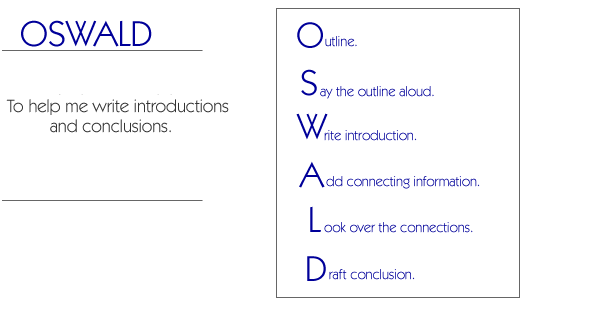 |
|
|||||
|
|
|
|
|
|
|
|
| |
|
|
||||
|
|
O
utline.
|
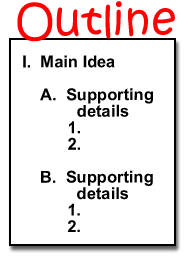 |
S
ay the outline aloud.
|
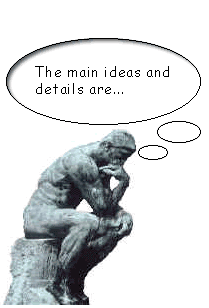 |
W
rite introduction.
|
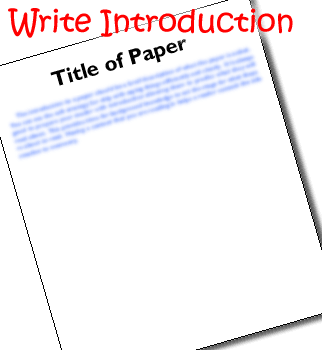 |
A
dd connecting ideas.
|
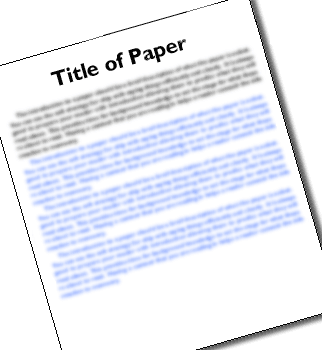 |
| L
ook over the connections. Re-read your paper starting with the introduction. Make sure each of the paragraphs are connected to the introduction and to each other. |
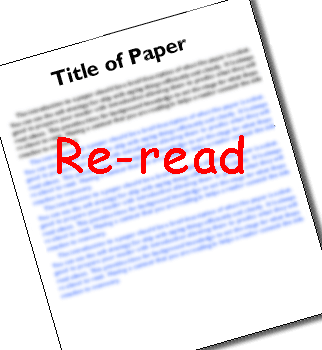 |
| D
raft conclusion. Based on your introduction and the ideas you presented in the body of your paper, write an ending that will wrap up all the ideas. |
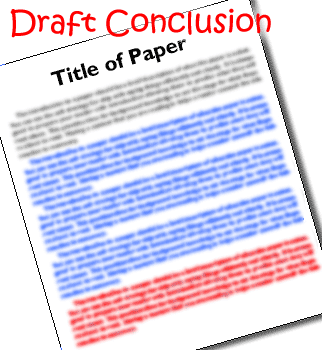
|
| |
|
|
|
|
|
|
|
| |
 |
||||||
|
|
|
||||||
| |
|
||||||
| |
|
|
|
|
|||
| |
|
|
|||||
